The benefits of a hardware update for SMBs
Nobody loves a server refresh, but the benefits far outweigh the effort and the cost

It’s no secret that server hardware updates can be onerous, expensive and disruptive. When your small business has a small IT team and limited resources, it’s tempting to hold off for as long as possible and do your best to maintain the hardware you’ve got. Yet often the smarter choice is to grasp the nettle, find the budget and push ahead. A hardware update can help you reduce long-term costs and risks, but also bring new opportunities to rethink what your servers and supporting infrastructure can do.
In terms of costs and risks, the arguments are simple. Firstly, as servers age, they become more expensive to maintain and run. IDC studies have shown that older servers with lower performance and higher failure rates can increase unplanned downtime by 20%, while server performance degrades by an average 14% per annum, meaning that, after five years of life, it’s 40% slower than when it came out of the box. Older servers aren’t just more expensive to maintain, but also less energy efficient. They may run warmer, needing additional cooling in the server room. This also drives up total cost of ownership (TCO).
Old, inefficient servers can eat up IT resources which could be better used elsewhere; a problem for small businesses, where limited budgets and manpower are the norm. They can also cause issues for performance, stability and availability that impact productivity elsewhere. What’s more, as they reach (or go beyond) their warranty period and end of life, further risks emerge. Software or firmware may no longer be patched to cover vulnerabilities or meet emerging threats. There may be compatibility or performance issues with new applications that your business wants to run.
Take a piecemeal approach, replacing hardware only when it goes beyond repair, and you end up managing a more complex, mixed estate with different hardware and different management tools. Again, this can be daunting for small businesses working to manage that estate without access to a wide range of specialist expertise.
Updating your servers with new hardware can help you minimise these inefficiencies and risks. What’s more interesting, though, is that it could also create new opportunities and help you control your operating costs.
For a start, new server CPUs offer dramatic performance and efficiency gains. AMD’s third generation ‘Milan’ EPYC processors brought AMD’s powerhouse Zen 3 cores to the server marketplace, not to mention improvements in cache, memory bandwidth and IO throughput. These processors offer an up to 2.2x performance increase over the second generation EPYC CPUs, and the performance delta over previous generation Intel Xeon processors is even larger; your existing servers may have CPUs from several generations ago. The range spans everything from single-socket systems with eight-core processors to dual socket systems and 64-core CPUs. Whether you’re a small business with modest but growing requirements or a high-tech startup hungry for processing power, EPYC CPUs have the performance, features and scalability you need.
Of course, it’s not just the CPU that drives performance gains, but also improvements to the platform as a whole. If your existing servers rely solely on magnetic hard drives for storage, new hardware that uses M.2 SSDs for primary storage will be significantly faster. This goes double with the PCIe 4.0 SSDs supported by AMD’s architecture. You may also have access to higher RAM speeds of up to 3200MHz DDR4, and even higher quantities of RAM than your current hardware can support.
It’s also worth mentioning that AMD doesn’t limit its strongest feature set to its two socket server platforms. If you’re operating on a budget, you can take on a single-socket server and still gain all the benefits of the third generation EPYC architecture. Beyond the obvious drop in purchase costs, this could potentially save SMBs a fortune in software licences. When budgets are tight, even smaller savings count.
The point of the exercise isn’t just to run existing workloads faster, but to allow you to do more within a small estate. New platforms with more cores per CPU could host more containers and VMs, giving you the ability to serve more users with more applications, scale upwards when you need to - or even consolidate the workloads you already run. With more cores per CPU, more cache and more RAM, you could virtualise more servers and do more work on fewer physical boxes, using less energy for power and cooling, in less space.
In tests, AMD has demonstrated ten AMD EPYC 7713 servers handling the same workload as 15 servers running the Intel Xeon 8380, consuming an estimated 32% less energy and with an estimated 42% lower TCO. The Xeon 8380 is a recent, third-generation Intel chip. Replacing servers based on older hardware, it’s not unheard of to see organisations reducing their existing server count by up to 75%. That’s a huge plus for sustainability, not to mention TCO.
Virtualisation doesn’t just equal consolidation. With more performance and more headroom for virtualisation, you’ve got the scope to scale up applications on demand, or pilot new applications without splashing out on additional hardware, as and when you need to. There may be new applications in data analytics, machine learning or AI that could bring value to the business, but that your existing servers won’t run.
Plus, by embracing hyperconverged infrastructure, businesses gain the flexibility to manage computer and storage resources across multiple servers in a cluster, making it easier to scale out workloads and use automation. With HCI, even smaller IT teams can run a powerful infrastructure with the capability to do much more than their existing servers ever could. Indeed, vendors can deliver certified HCI configurations designed and built specifically for this job. With new tools and management features, IT teams can manage their estates from a single dashboard, and free up resources for more business-focused tasks.
Updated hardware is also more secure. Not only can you look forward to years of patches and firmware updates, but also new security features. The growth of CPU exploits such as Spectre, Meltdown and Foreshadow has shown CPU security to be critical, and some older architectures to be vulnerable. Newer architectures are designed to resist these attacks, while incorporating additional protections to meet new threats.
All AMD EPYC CPU models feature AMD Infinity Guard technology to secure data in system memory DIMMs, CPU registers and cache. Secure Encrypted Virtualisation (SEV) technology, which encrypts each virtual machine running on the CPU with a unique encryption key, is currently exclusive to AMD. This encryption happens on the fly and with minimal-to-no performance degradation. Supported by many popular hypervisors, it allows your existing applications to run unmodified inside secure VMs. Meanwhile, to ensure system integrity, the server firmware is also protected by AMD Secure-Root-of-Trust technology, to prevent malicious code from booting at startup. You’re not going to find this level of security on older server CPUs.
Perhaps most crucially, updating your hardware can give you a new competitive advantage – the chance to embrace a modern, agile server infrastructure that can power new applications. These applications can help the business find new customers, deliver stronger, more personalised produces and services and reduce product development lifecycles and time to market. They can help them do more with smaller teams and limited resources. Older architectures were designed for the old IT. Modern architectures are ready for what’s next. In short, don’t look at hardware updates as an unfortunate but necessary exercise, but as an opportunity to rethink your IT and make sure your business has access to the tools it needs to thrive and grow.
For a clear idea of how new hardware could help you manage your estate and reduce your TCO, take a look at AMD’s EPYC server virtualisation TCO estimation tool
Get the ITPro daily newsletter
Sign up today and you will receive a free copy of our Future Focus 2025 report - the leading guidance on AI, cybersecurity and other IT challenges as per 700+ senior executives
ITPro is a global business technology website providing the latest news, analysis, and business insight for IT decision-makers. Whether it's cyber security, cloud computing, IT infrastructure, or business strategy, we aim to equip leaders with the data they need to make informed IT investments.
For regular updates delivered to your inbox and social feeds, be sure to sign up to our daily newsletter and follow on us LinkedIn and Twitter.
-
 Bigger salaries, more burnout: Is the CISO role in crisis?
Bigger salaries, more burnout: Is the CISO role in crisis?In-depth CISOs are more stressed than ever before – but why is this and what can be done?
By Kate O'Flaherty Published
-
 Cheap cyber crime kits can be bought on the dark web for less than $25
Cheap cyber crime kits can be bought on the dark web for less than $25News Research from NordVPN shows phishing kits are now widely available on the dark web and via messaging apps like Telegram, and are often selling for less than $25.
By Emma Woollacott Published
-
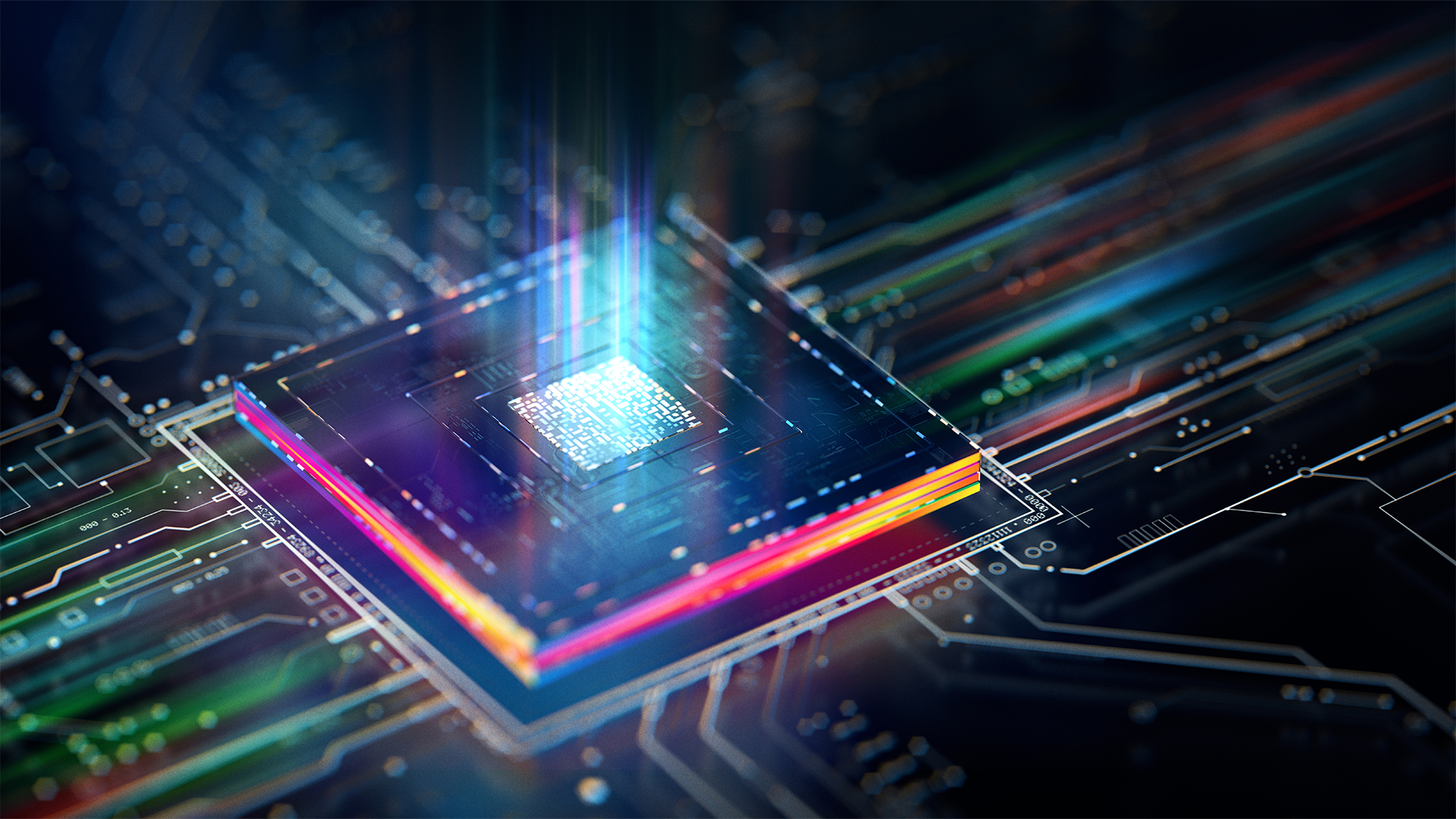 Why the CPU you chose is the key to Windows 11
Why the CPU you chose is the key to Windows 11The end of Windows 10 is on the horizon – it’s time to upgrade to an fTPM-protected processor
By Bobby Hellard Published
-
 AMD and Intel’s new x86 advisory group looks to tackle Arm, but will it succeed?
AMD and Intel’s new x86 advisory group looks to tackle Arm, but will it succeed?News The pair will look to make x86 CPU architecture more interoperable
By George Fitzmaurice Published
-
 AMD’s patient roadmap has become a highway to success
AMD’s patient roadmap has become a highway to successAnalysis While everyone was focused on Nvidia’s meteoric rise, AMD was preparing the hardware needed to take the fight to its long-time competitor
By Ross Kelly Published
-
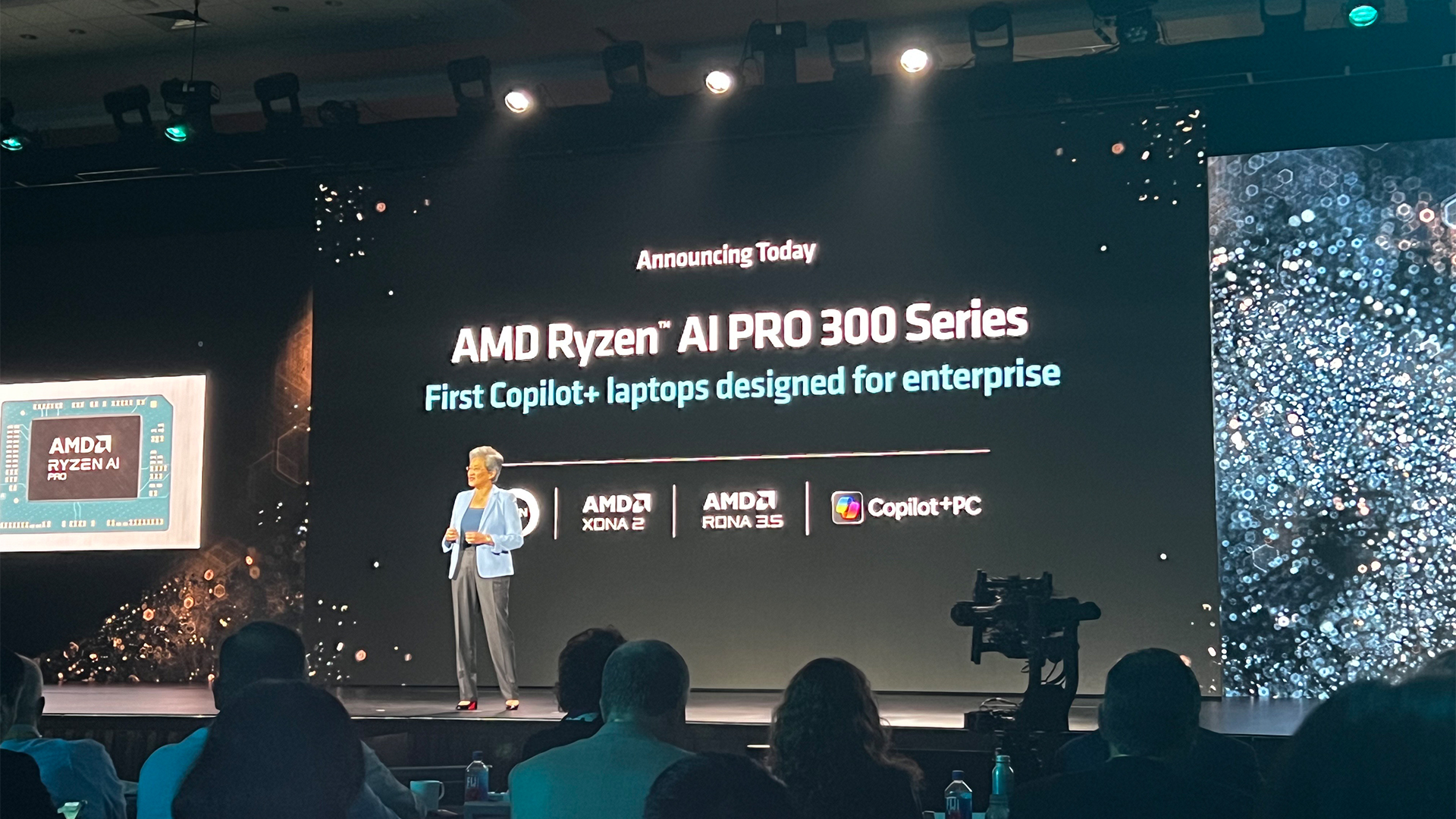 AMD just made a big statement in the AI PC race with its Ryzen AI Pro 300 series processors
AMD just made a big statement in the AI PC race with its Ryzen AI Pro 300 series processorsNews With all eyes focused on the AI PC craze, AMD looks to one-up the competition
By Ross Kelly Published
-
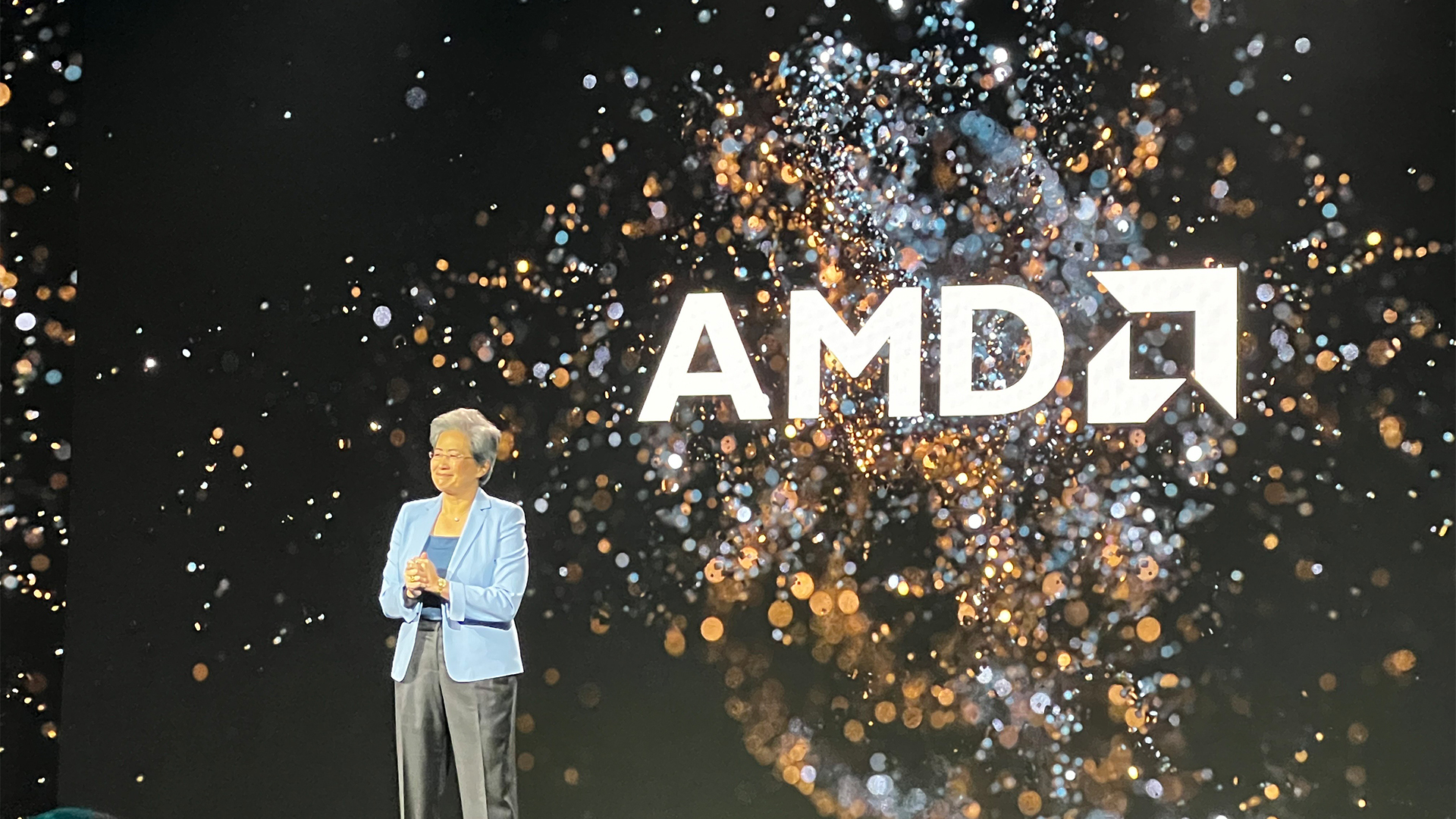 AMD’s new Instinct GPUs might just blow Nvidia out of the water
AMD’s new Instinct GPUs might just blow Nvidia out of the waterNews The chip maker unveiled its newest Instinct GPU series in San Francisco today – and it’s very bullish on performance in the race with Nvidia
By Ross Kelly Published
-
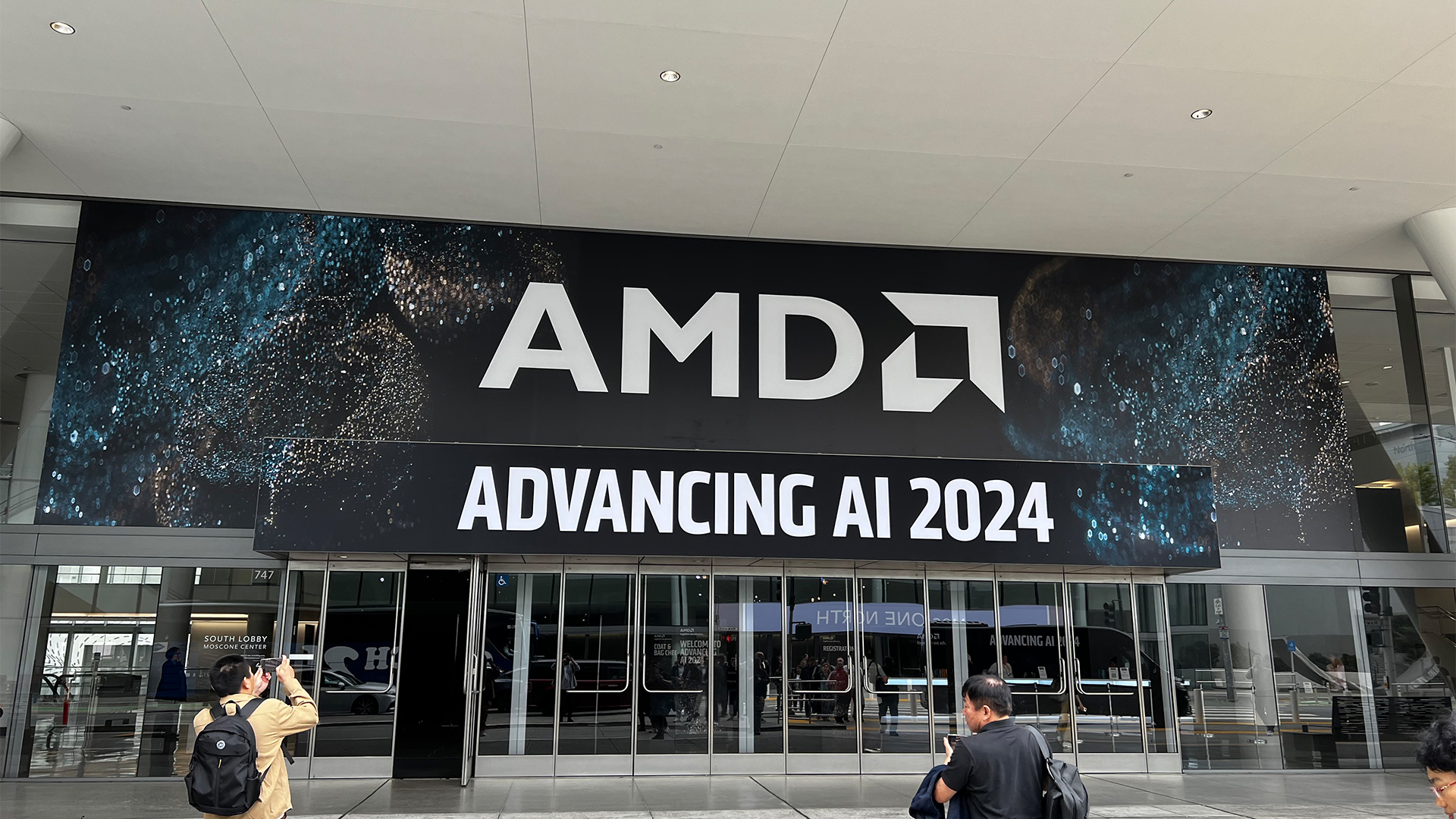 AMD Advancing AI live: All the news and updates as they happened
AMD Advancing AI live: All the news and updates as they happenedLive Blog ITPro has been live on the ground at the AMD Advancing AI conference in San Francisco this week – here's everything we learned in the big keynote with CEO Lisa Su
By Ross Kelly Last updated
-
 Why the world is about to be swamped with AI PCs
Why the world is about to be swamped with AI PCsNews With adoption rates set to surge, AI PCs will become far more mainstream in years to come
By Nicole Kobie Published
-
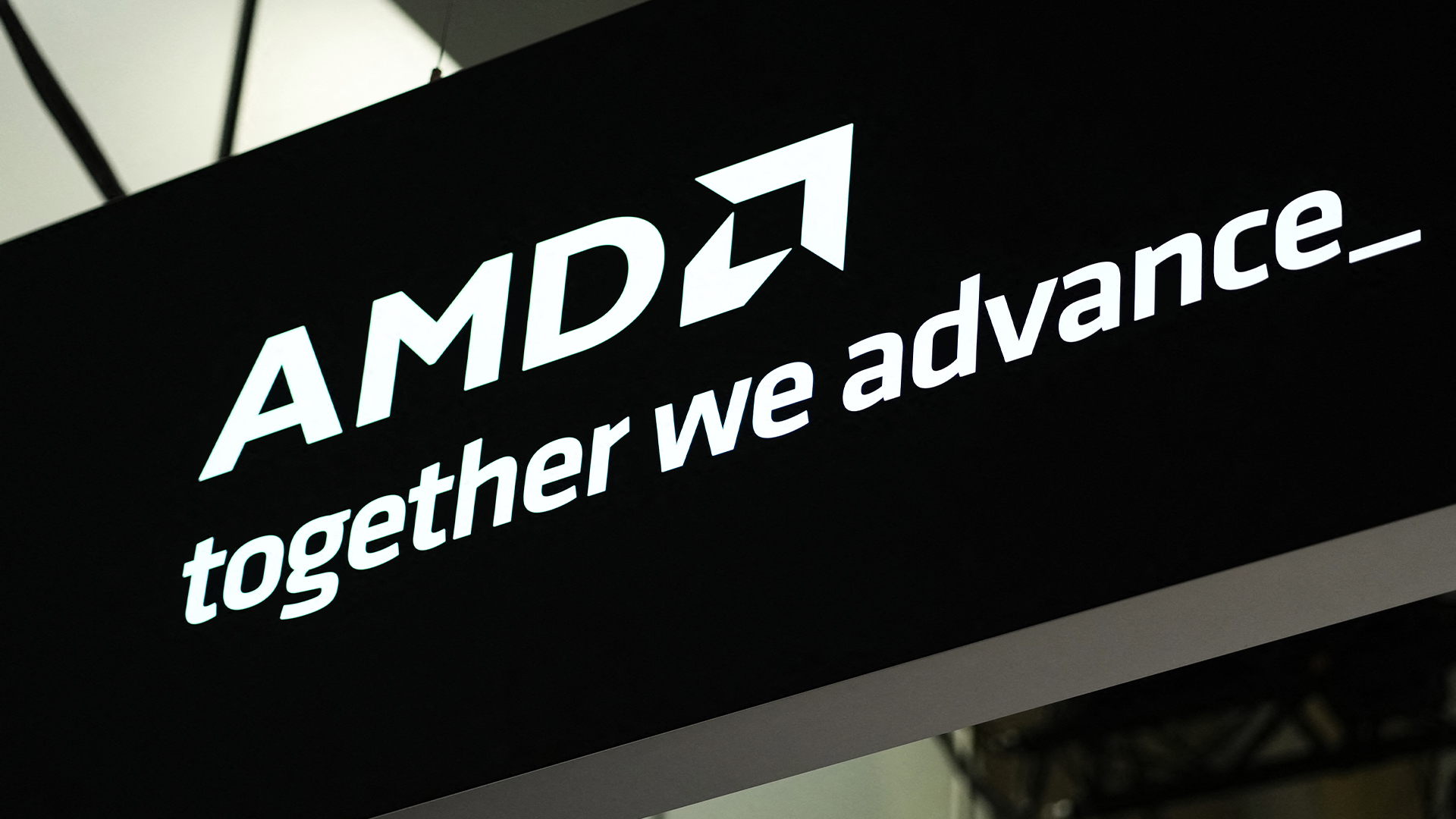 AMD expands CPU portfolio with new EPYC 4004 Series
AMD expands CPU portfolio with new EPYC 4004 SeriesNews AMD has released its new EPYC 4004 Series processors to power entry level system designs and deliver cost savings to SMBs
By Daniel Todd Published
